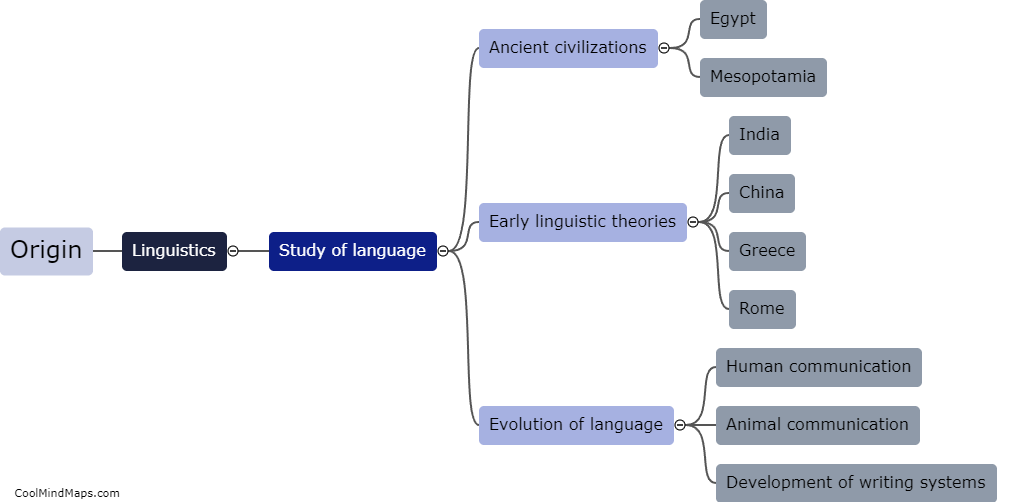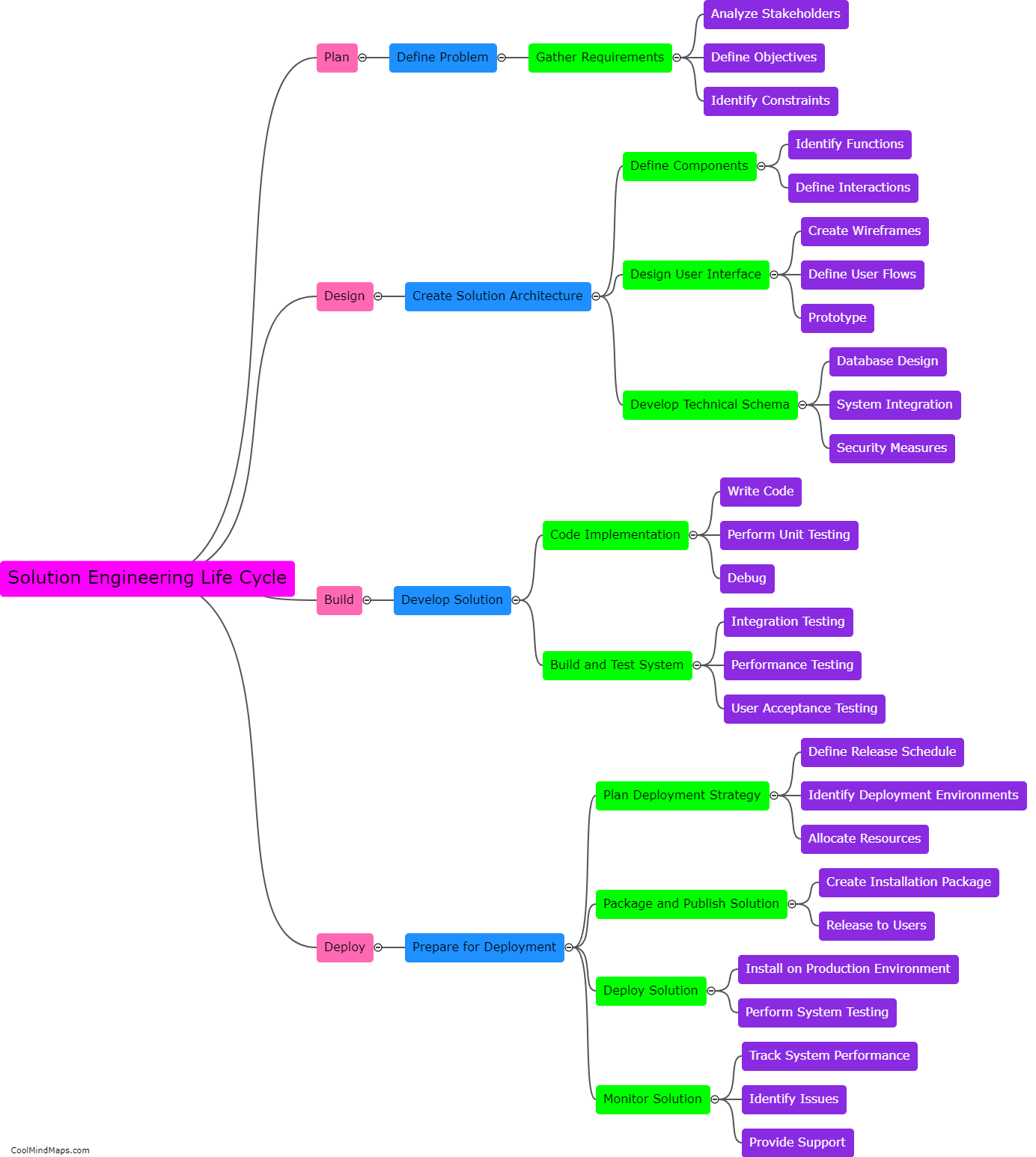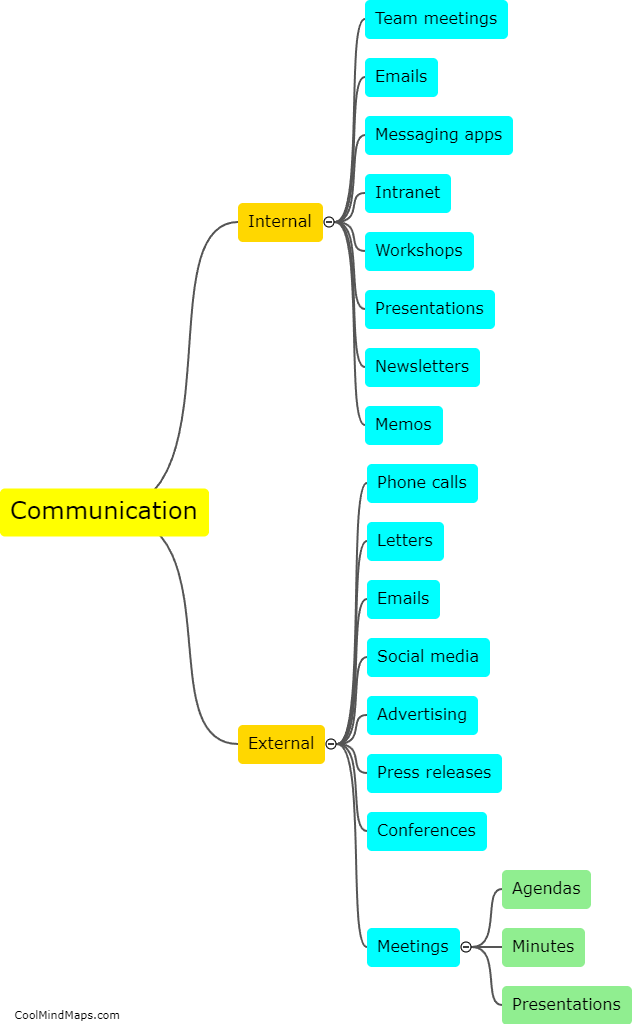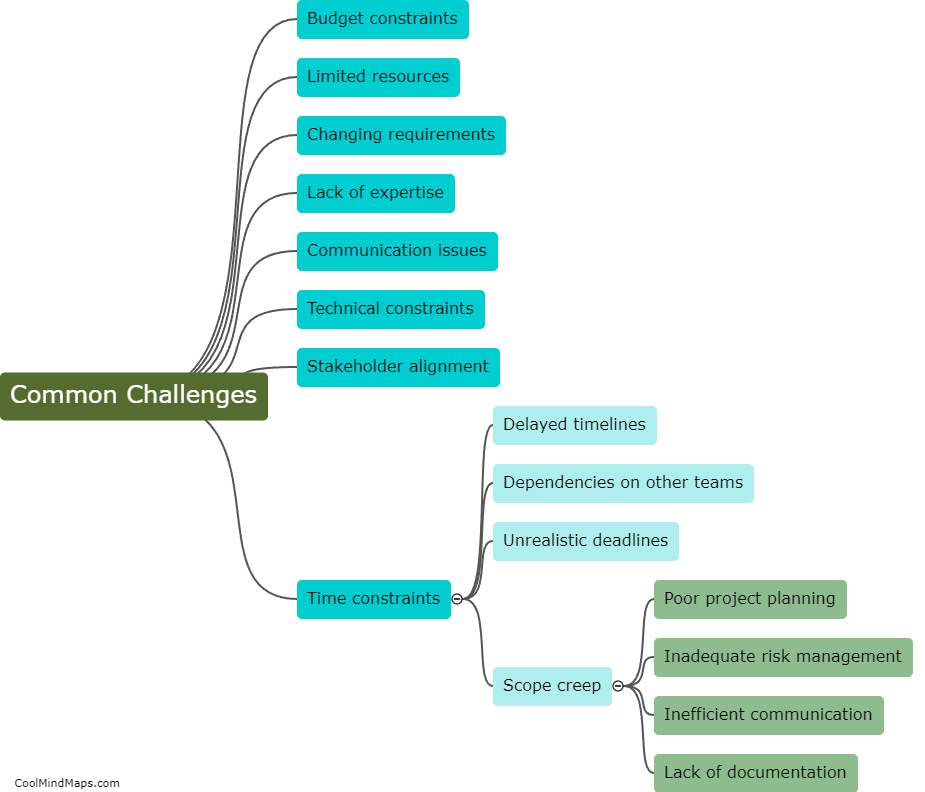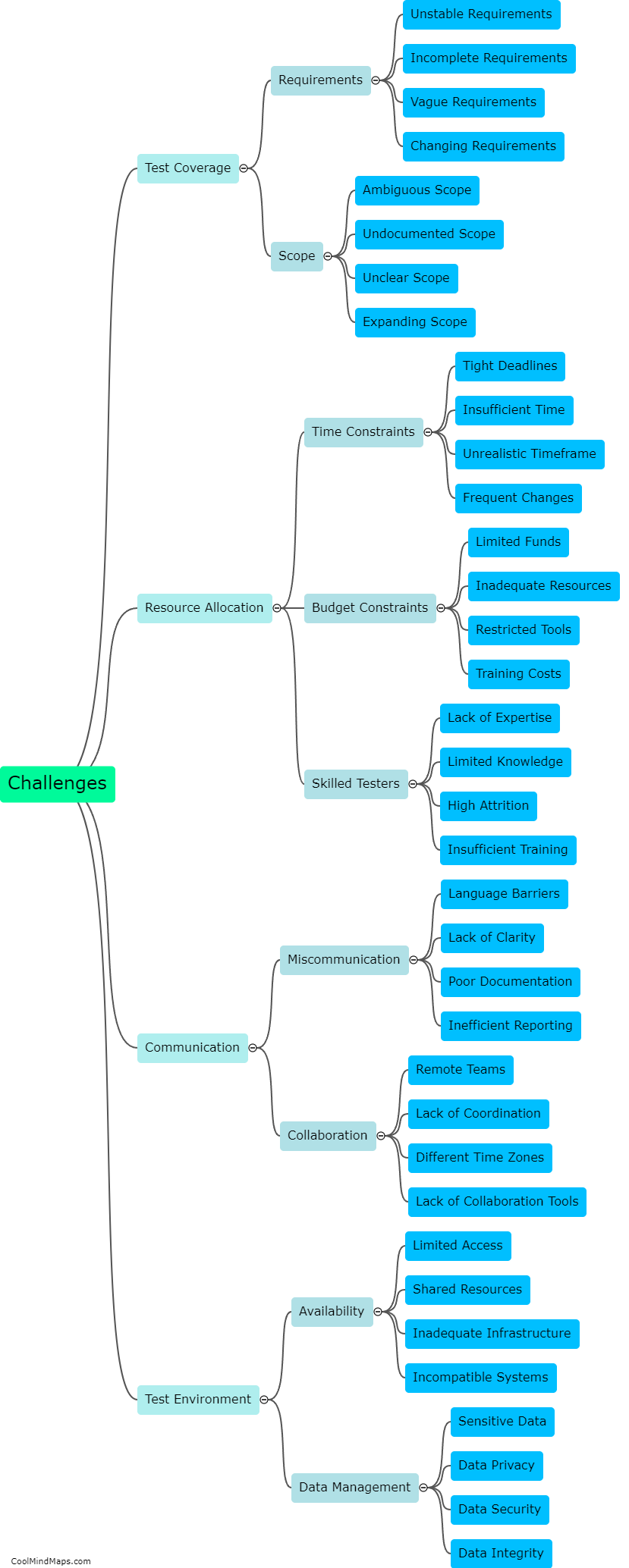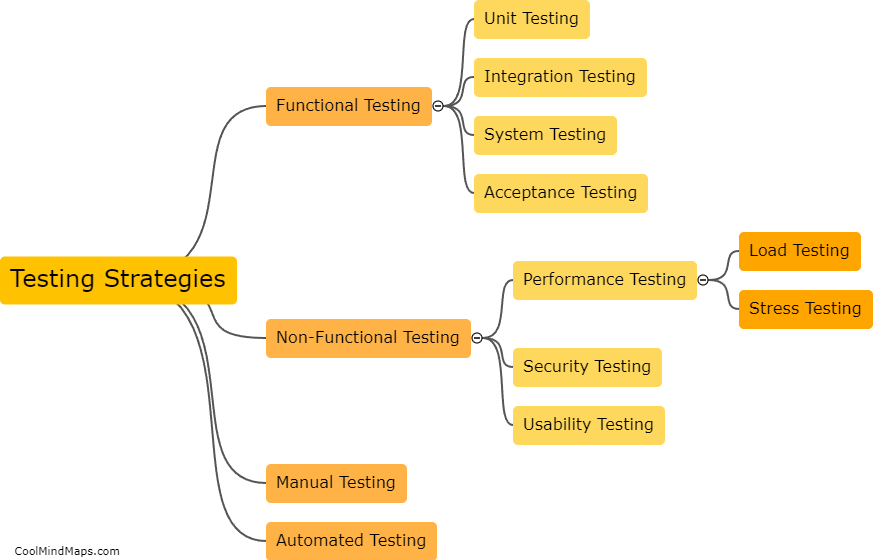How can risks and uncertainties be managed in the engineering life cycle?
In the engineering life cycle, risks and uncertainties can be effectively managed through a systematic and proactive approach. This involves identifying potential risks and uncertainties during the planning and design phase and implementing strategies to mitigate or eliminate them. Adequate time should be allocated to evaluate and assess the potential impacts of risks and uncertainties on the project. The use of risk assessment techniques and tools, such as risk matrices and fault tree analysis, can help prioritize and quantify the risks involved. Collaboration and communication among stakeholders are key to developing contingency plans and making informed decisions. Continual monitoring and periodic reevaluation of risks and uncertainties throughout the engineering life cycle ensures that appropriate actions are taken to manage and mitigate any potential adverse effects. This comprehensive approach helps ensure successful project completion while minimizing the impact of risks and uncertainties on time, budget, and deliverables.
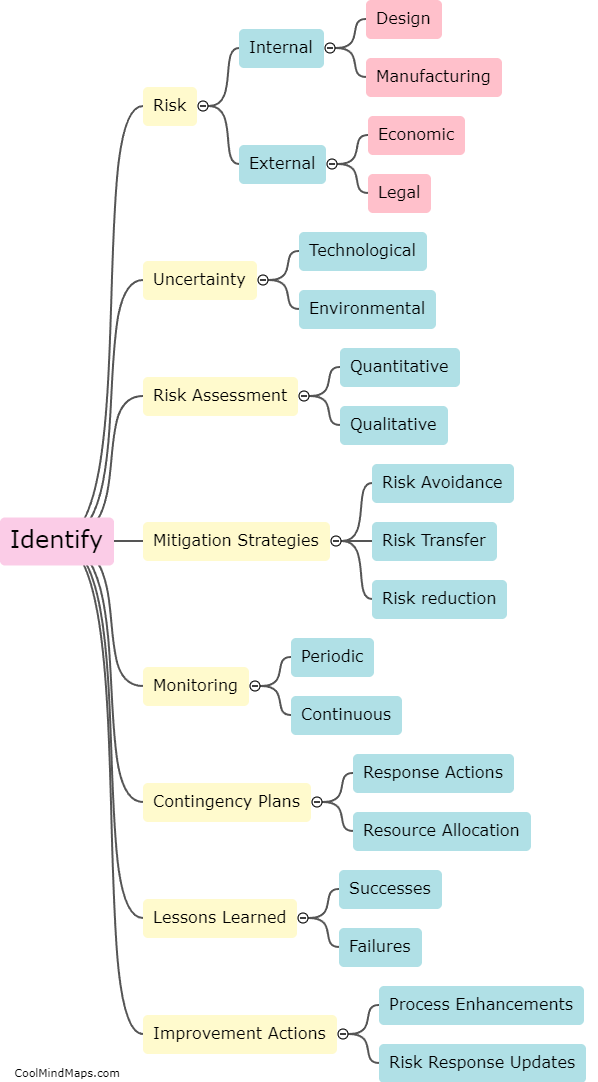
This mind map was published on 30 July 2023 and has been viewed 97 times.
